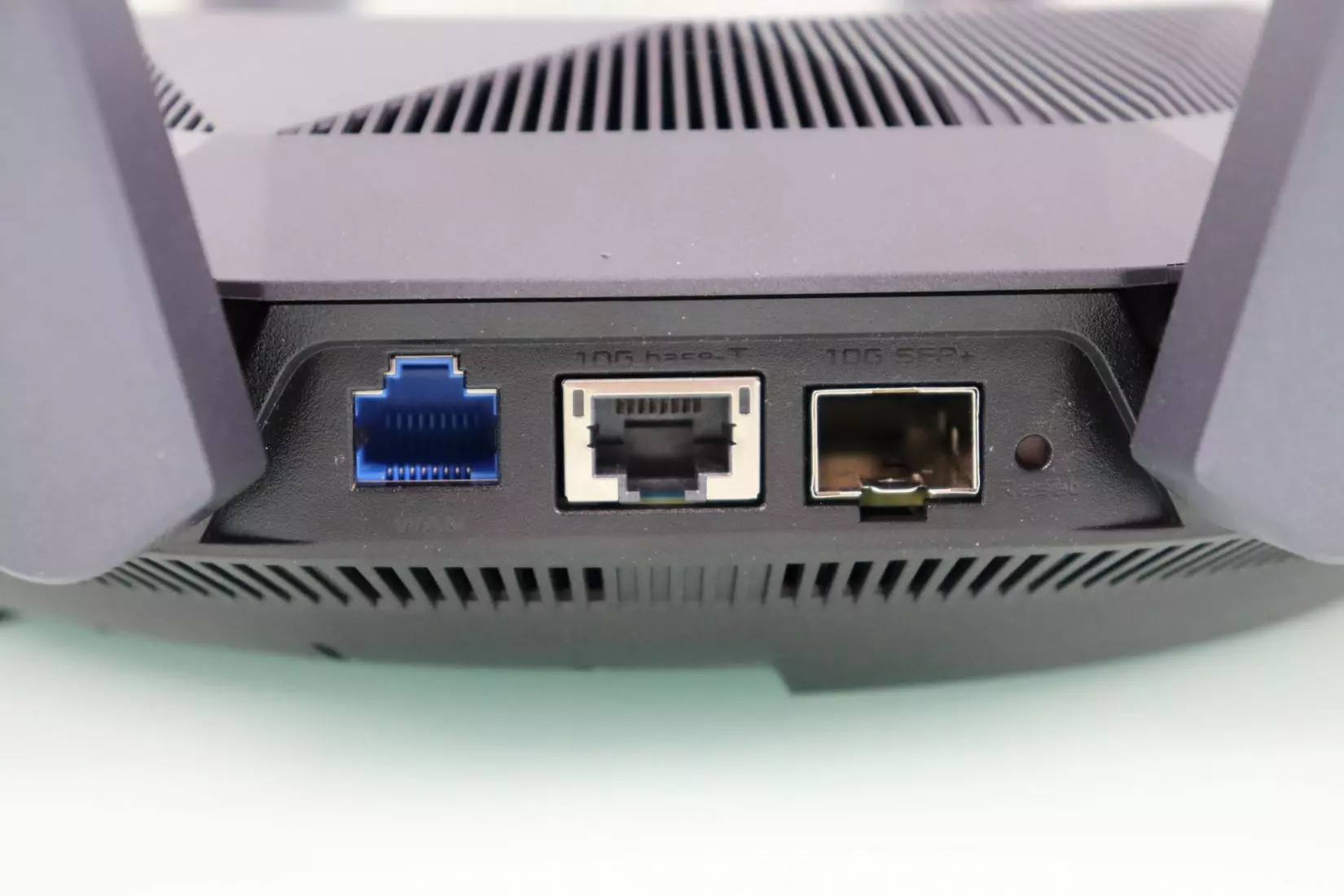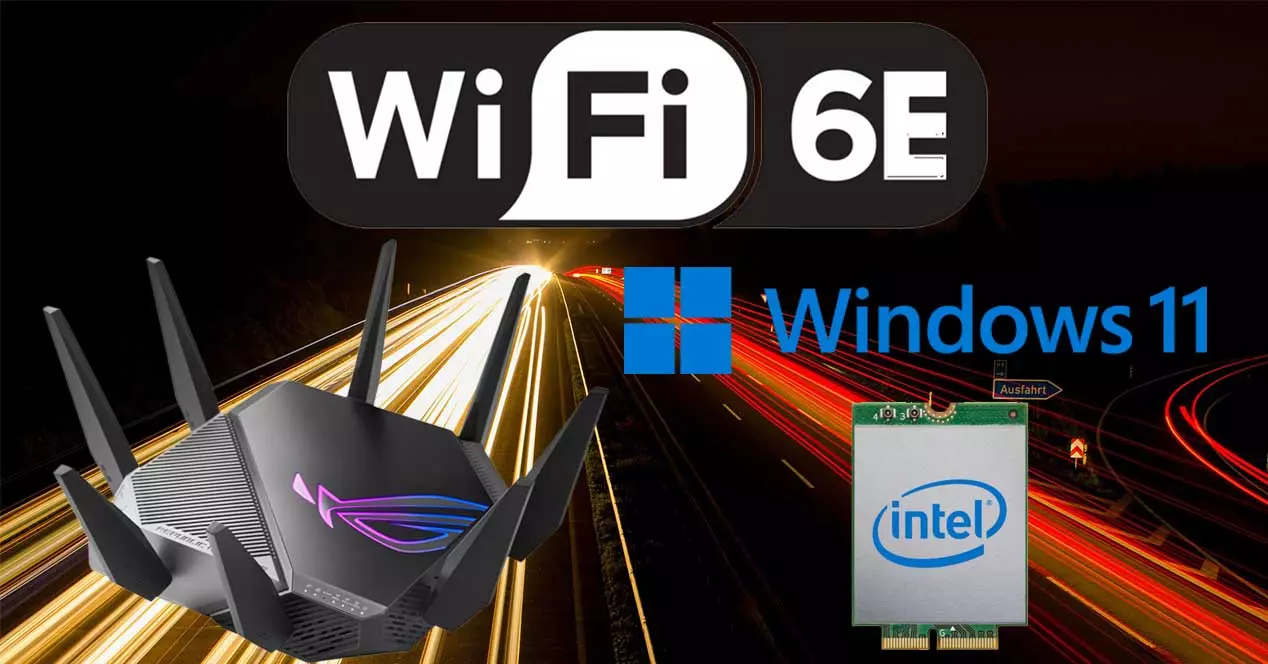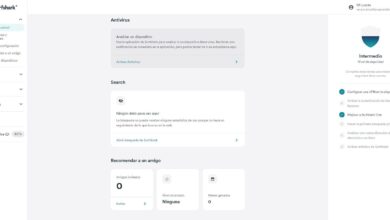
If right now you have a WiFi router at home bought by you, if you have not thought about the speeds that are to come in fiber optics, you may have to change it very soon to be able to take advantage of the new speed modes, otherwise, you will have a bottleneck in the very router you have at home. Today at RedesZone we are going to explain what are the two fundamental characteristics that you must take into account when buying a new router, so as not to have problems when the FTTH speeds exceed 1Gbps of real speed.
Must-Have Features in New Routers
All FTTH operators in Spain already have fiber optic modalities to the home that reach up to 1Gbps in real terms, both in download and upload. However, operators such as Digi and even Orange also have faster modes, reaching up to 10Gbps theoretical Internet speed, a speed that is up to 10 times higher than the typical Gigabit Ethernet interface that routers that we can buy normally have.
In addition, we must also bear in mind that with Wi-Fi it will be almost impossible to take advantage of these ultra-fast speeds, but you can have more speed if you take certain details into account when choosing both WiFi routers or WiFi mesh systems, and cards. of WiFi network that you can buy.
Multigigabit ports on WAN and LAN
If we want to achieve speeds of more than 1Gbps, it is absolutely necessary that the Internet WAN port have Multigigabit speeds, that is, speeds of 2.5Gbps, 5Gbps and even reach the speed of 10Gbps. Otherwise, the maximum speed that we will achieve in the LAN network and via Wi-Fi will be the typical real 950Mbps of download and upload. Depending on your budget and also on what type of fiber optic you contract, you will have to go to a router with a 2.5G Multigigabit WAN port, or go to a top-of-the-range model that has a 10G port, so as not to have any kind of neck of bottle.
There are some routers on the market that only have a Multigigabit port or a 10G port, that is, this port can be configured for LAN or WAN. In the case of having a fiber that exceeds 1Gbps, it is absolutely necessary that we have two Multigigabit or 10G ports, otherwise, we will not be able to achieve the maximum speed of the fiber with a single device.
This is something very important, because if we have a 10G port that is used for the WAN, but then the LAN we have 1Gbps ports, the maximum speed that we will achieve with a PC connected to any of these ports will be 1Gbps, and to be able to take advantage of the speed of the WAN we will need to use all the ports of the LAN and even more. For this reason, the incorporation of two or more Multigigabit or 10G ports is so important.
Once we have this clear, if you want to achieve the maximum speed possible via Wi-Fi, your router must have Wi-Fi 6 or Wi-Fi 6E, otherwise, you will not be able to achieve speeds of even 1Gbps real in the vast majority of cases.
Wi-Fi 6 or Wi-Fi 6E
The latest Wi-Fi 6 and Wi-Fi 6E wireless standards allow us to achieve speeds greater than 1Gbps real in devices that have only 2 antennas. One of the most used WiFi cards compatible with Wi-Fi 6 is the Intel AX200, a WiFi card with which we can achieve real speeds of approximately 1,200Mbps, provided that the router used also supports the Wi-Fi 6 standard and 160MHz of channel width, the latter is a very important detail because it is something “optional” and many models do not usually incorporate them, only the highest range ones.
In the case of Wi-Fi 6E standard, the most used Wi-Fi card is the Intel AX210, the older brother of the AX200 and which is compatible with the new 6GHz band. With this new standard and the new frequency band, we will be able to achieve real speeds of more than 1.6Gbps, as long as you have a compatible router, logically, however, in ideal conditions you could achieve speeds of about 1.8 and even 2Gbps of speed, some really amazing values if we take into account that we are connected wirelessly.
Of course, we will never be able to achieve these speeds if the Internet WAN port is Gigabit Ethernet, for this reason the most important thing is that first the wired network (WAN and LAN) is Multigigabit or 10G, and then look and choose the right router for us. provides good speed via Wi-Fi.




